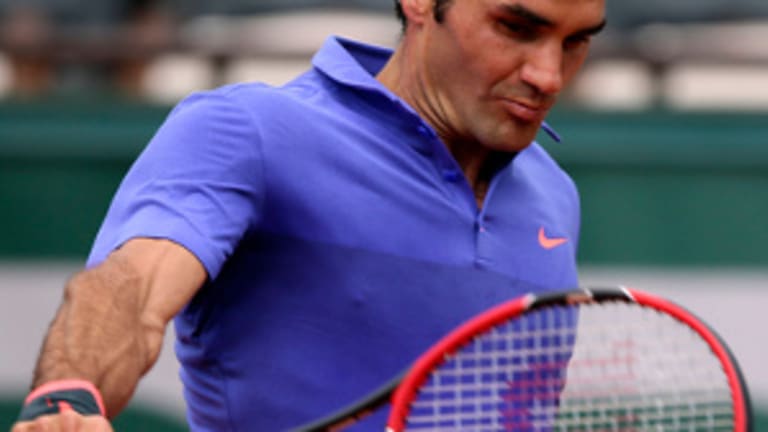“Maybe it’s better if Rafa loses again, then everybody will stop asking me about it.”—Robin Soderling
It’s true, Robin, that with every match Rafael Nadal wins at Roland Garros, your one-of-a-kind victory over the Spaniard in 2009 becomes more mythical than marvel. But there’s another streak-snapping win the Swede posted in Paris that doesn’t get talked about as much. A year after Soderling’s legendary upset, he beat Roger Federer in the quarterfinals, marking the first time since the 2004 French Open that the Swiss failed to reach the semifinals at a Slam.
Federer’s 23 consecutive final fours will go down as one of the finest achievements in sports history. It’s hard to imagine any active player breaking it; Novak Djokovic had a run of 14 halted at the 2014 Australian Open. But in the same way Soderling’s conquest of Federer will be eternally overshadowed by his triumph over Nadal, the 17-time Grand Slam champion’s Jordan-esque level of consistency—it was 23 straight semis, after all—will be the second thing we think about when considering his CV.
Federer’s loss to Soderling not only knocked him out of Roland Garros earlier than expected, it seemed to leave a permanently lodged pebble in his Nikes. From that point on, Federer’s challengers believed that they were more than just bit parts in a two-week long performance. But no one could have envisioned what would happen at his very next Grand Slam match, on Centre Court at Wimbledon.
The scene was idyllic and familiar: Grass manicured as carefully as Federer himself; the summer sun glowing above; similarly warm greetings from the patrons for the defending champion. His opponent, Colombia’s Alejandro Falla, was more in his element on clay, and had just lost to Federer 6-1, 6-2 at a grass-court tune-up. With everything to lose and little to gain, the first round of a major can be nerve-wracking for top players, but for Federer, it’s traditionally been nothing more than a welcome party.
Falla’s invitation got lost in the mail. His compact backswings and flat shots were well-suited to the slick turf, and he used them to snag the first two sets of the match. The heavy underdog even served for the match in the fourth set, but Federer rallied just in time, breaking serve and then winning a tiebreaker to force a fifth. He won that deciding set, 6-0, which symbolically might suggest that order had been restored. But it was clear that the near-invincible Federer we had known for the previous five-and-a-half years was gone forever.
